The roofing industry knows good design, quality materials and proper installation are the key tenets to achieving a leak-free, long-term roofing system. Roof system maintenance is an equal part of the equation and should not be overlooked, even though there is a tendency for “out of sight, out of mind” by many building owners.
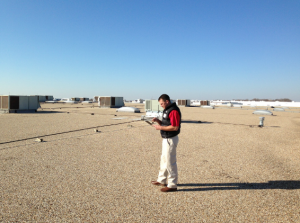
A technician from Sheridan, Ark.-based RoofConnect
walks a roof and documents it as part of an annual maintenance survey. RoofConnect, which has locations around the country, including Monroe, N.C., has made maintenance contracts a major part of its business.
Looking deeper into RoofPoint, one of the nine credits in the D/LCM section is titled “Roof Maintenance Program”. Establishing and maintaining a partnership with the building owner is a win-win for the roofing contractor and the building owner. Performing inspections
and maintenance provides the owner with an ongoing information resource, ultimately allowing better management of capital and the roof asset by extending the life of the roof system.
From a sustainability perspective, a longer lasting roof—extended by regular roof system maintenance—means roof replacement is appropriately postponed and with that comes a reduction in material and energy use, as well as reduced expense and waste. Roof system maintenance is a win for the owner, the environment and the roofing contractor.
- Look for loose laps on pipe boots.
- Loose patches on wall flashing should be re-adhered and patched over.
- Look for loose wall flashing at roof hatches. This area needs to be terminated at the top with a termination bar and caulked or counter flashing sheet metal should be installed.
- The roof edge condition on the building is coming loose. This roof is at a major risk of blowing off in high winds and has potential for major leaks.
- The HVAC unit is leaking compressor oils on the membrane and causing the membrane to degrade. Eventually the membrane will become weak and leak.
- The pipe flashing has loose area and needs to be re-flashed with form flashing or a new pipe boot must be installed.
- This area needs to be re-adhered.
- Loose wall flashings must be re-adhered and patched over with a larger patch.
PHOTOS: RoofConnect

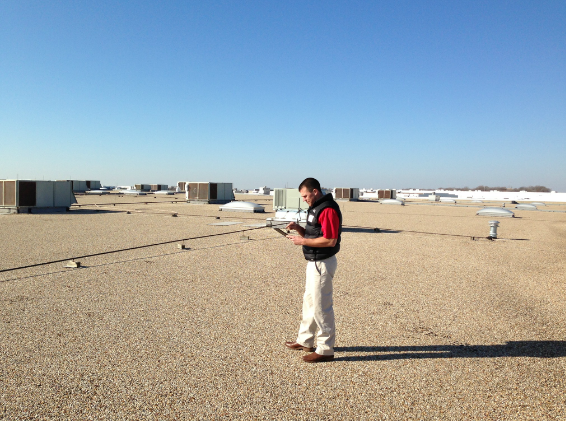
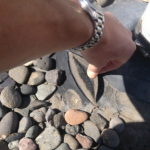
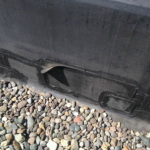
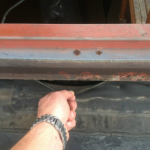
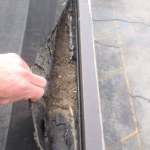
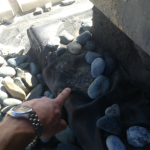
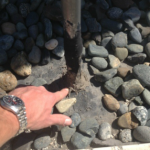
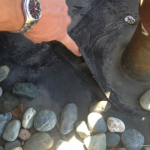
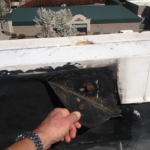
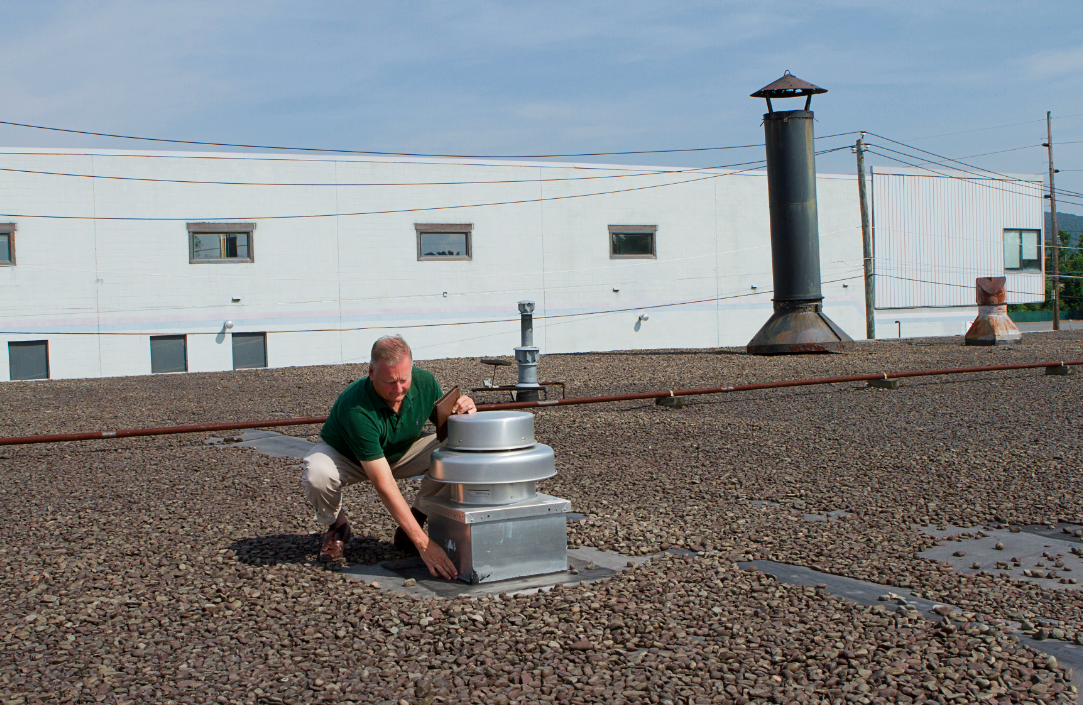

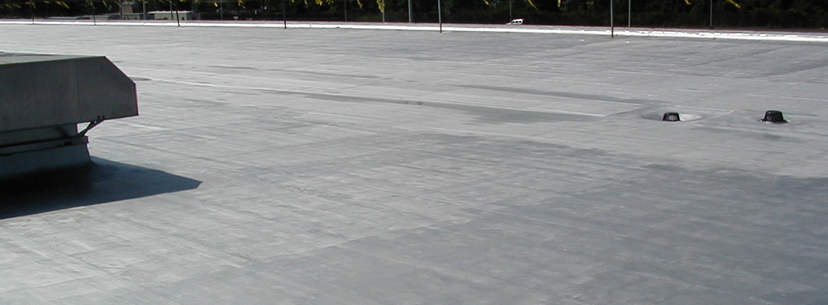
Be the first to comment on "Roof Maintenance, Sustainability and RoofPoint Life-cycle Management"